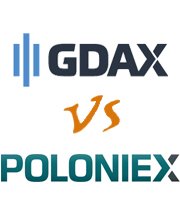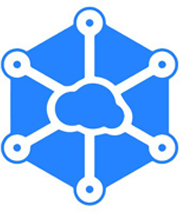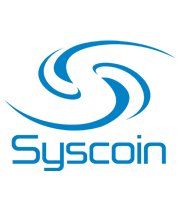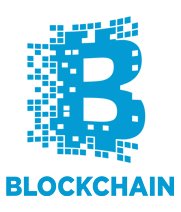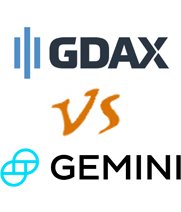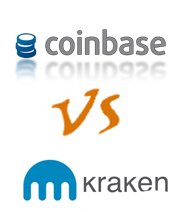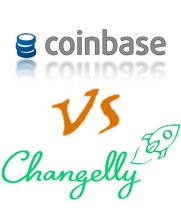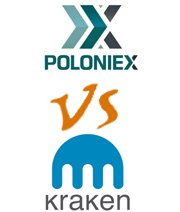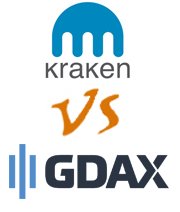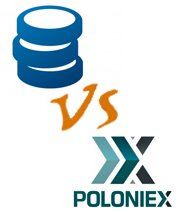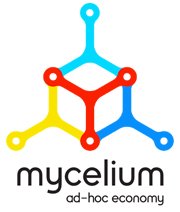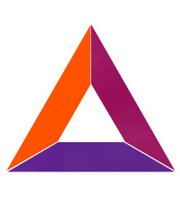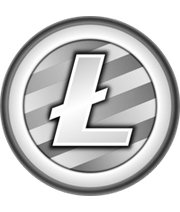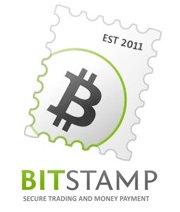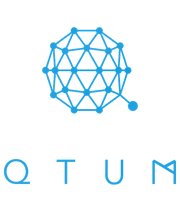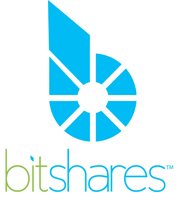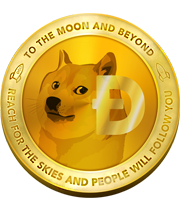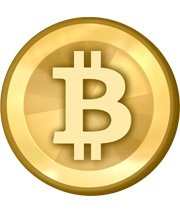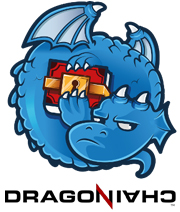
Table of Contents
- 1) DragonChain: What It Does
- 2) How DragonChain Works
- 3) Why Is DragonChain Different?
- 4) DragonChain’s Audience
- 5) DragonChain’s Team
- 6) DragonChain’s Token Distribution
- 7) The Dragon Slumber Score
- 8) Buying DragonChain
- 9) Storing DragonChain
- 10) DragonChain vs Ethereum
- 11) DragonChain vs NEO
- 12) DragonChain vs Cardano
- 13) Frequently Asked Questions
- 14) Conclusion
Blockchain technology’s been around since 2024, and since then it’s slowly gained in popularity and recognition. It was only a matter of time before bigger companies got aboard and decided to make use of it, but one of those is probably the last company you’d expect: Disney. That’s right, Disney developed their own blockchain platform, called DragonChain. It’s been in development since 2024, and became open-source in 2024.
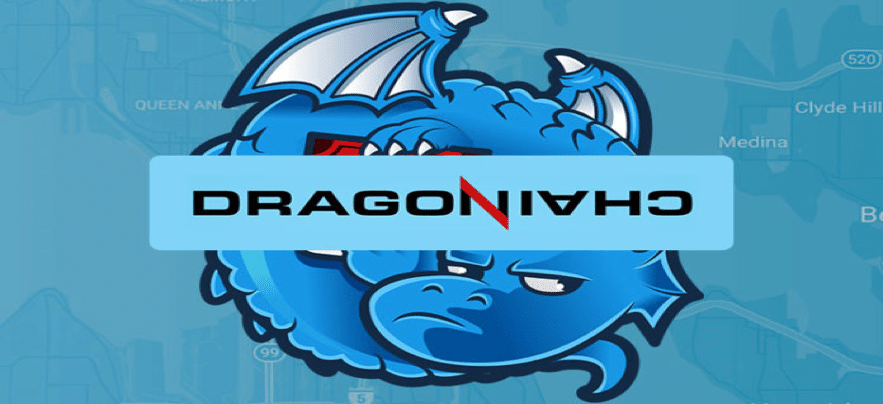
Disney no longer develops the project. Instead, it’s currently a nonprofit organization, but it’s slated to become a commercialized product once it’s completed.
What is DragonChain, how does it work, and how can you benefit from it? Check out our guide to find out. And be sure to check out list of the best altcoins of 2024, to see if it made the cut.
DragonChain: What It Does
The main point of DragonChain is to make it easy for companies to adopt blockchains into their existing business models, mainly for contracts and payments. Since there are a lot of benefits to blockchain technology, including increased security, many businesses are likely open to using blockchains, but there’s a learning curve that many might not be equipped to deal with.
Enter DragonChain, which provides the answer: a platform that businesses can easily set up themselves and create apps and smart contracts for in common languages like Python, Java, and C++. The platform will be scalable, be useful with a wide variety of currencies, and work as a serverless system.
The end result? Efficiency, security, and lower costs of development.
How DragonChain Works
There are three main things that make up DragonChain.
First is the DragonChain Platform. This is where data is stored, and is where people can develop smart contracts for use (according to what their business model requires). It also connects developers to Amazon Web Services, where a number of different cloud-based computing software and platforms.
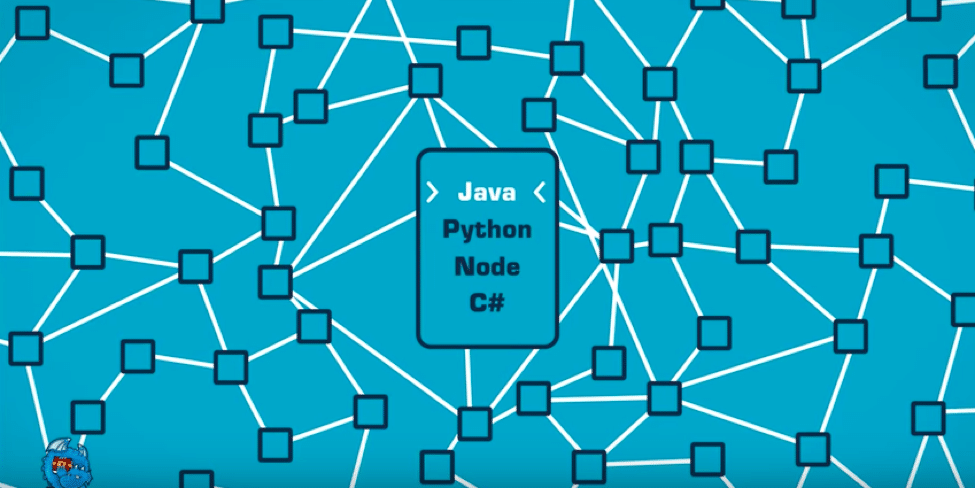
The second is the Crowd-Scaled Incubator, a way for companies to develop projects quickly and get better results by using a community of investors and people from around the world who can look at the program in development and rate and scale it. This way, the company has a head start in getting visibility for their project, if it gets adopted early on. You can see some of these at the DragonChain website, which is accepting applications for the Incubator.
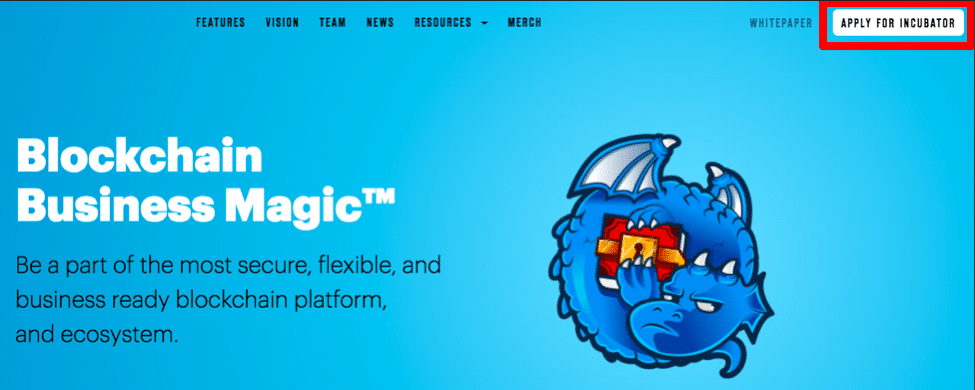
Third is the DragonChain Marketplace. Think of it like a support network for the companies that use DragonChain. Companies can interact here with experts (who are verified) on complex subjects like cryptocurrency, development, and marketing. Here, companies can get access to a library of smart contracts that have already been designed and programmed.
The DragonChain platform is run on the DragonCoin (or DRGN for short), the in-house token used to pay for the services on the network.
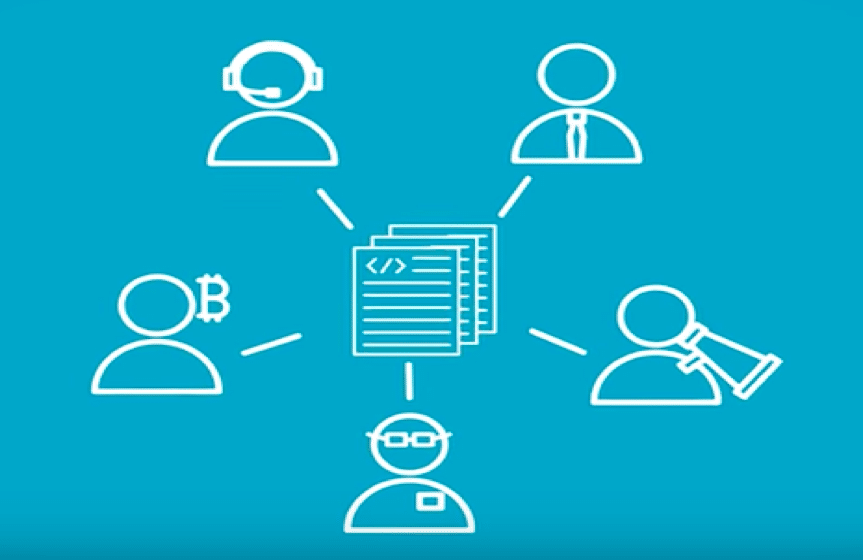
Why Is DragonChain Different?
While some platforms exist to either implement their own business strategies on their own terms, without any plan for a future where their blockchain is widely adopted, or as some philosophical exercise in creating a platform demonstrating self-sufficiency or anonymity, DragonChain is here specifically to provide blockchain technology that has real, tangible uses for business applications. And it does it with a higher focus on security, something which is a real point of interest to companies.
There are higher levels of security depending on the size of the verification level, or consensus, required for the transaction. It goes in the following order, from lowest to highest: Business, Validation, Network Diversity, Notary, and Public. Differing the level of security based on this system might prove to be more efficient and quicker, while maintaining security.
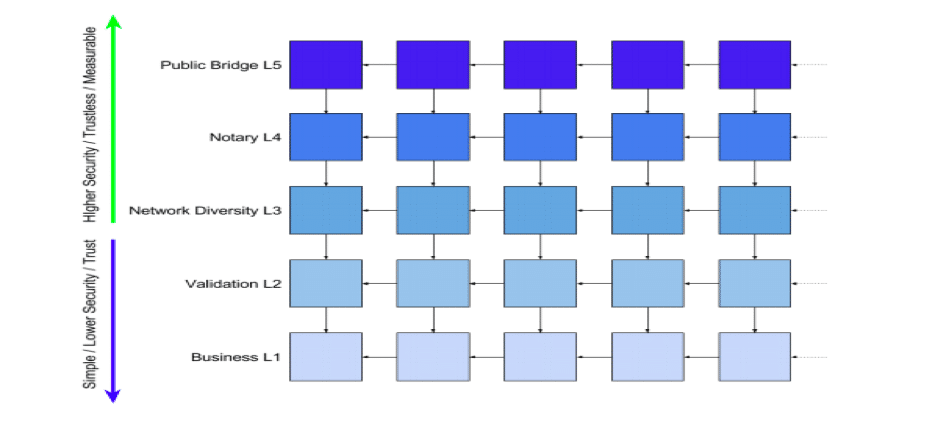
DragonChain’s Audience
The businesses that stand to gain the most from DragonChain’s smart contract-based payment platform are those that deal with network security as a high priority, and those that are vulnerable to fraud. Who does that include? Well, real estate, video games, media companies, to name a few. The gaming industry is one they definitely want to target. One gaming company, FlowPlay, has already demonstrated an interest in using DRGN as a way for players to buy in-game items. This would allow people to purchase things they want without exposing their bank information to potential scammers or hackers.
Other cryptocurrencies trying to woo the gaming industry (and could end up revolutionizing it) can be found on our list of the best altcoins of 2024.
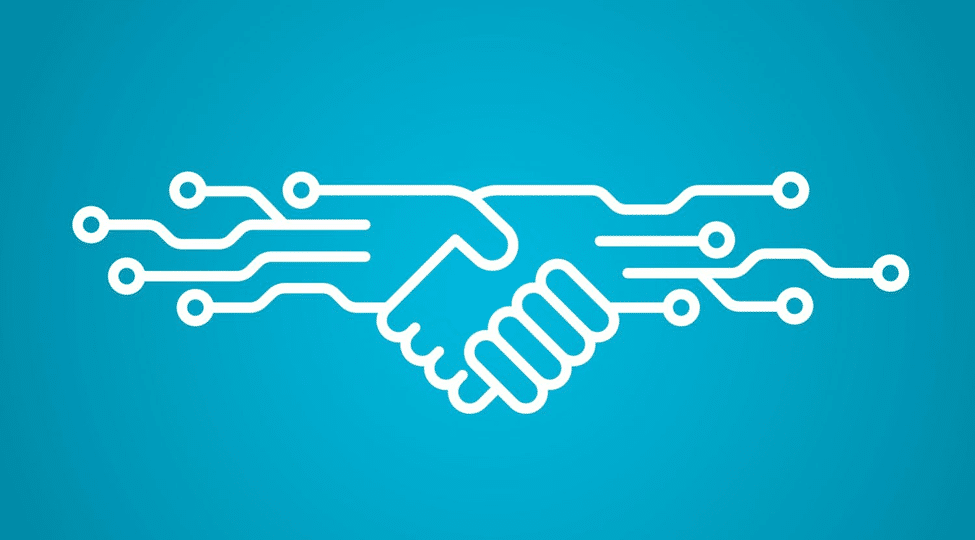
DragonChain’s Team
This company is run by 8 people and headed by developer Joe Roets. With experience at Overstock and Coinbase, Roets also worked at Disney, before leaving to pursue DragonChain’s development full-time. Among their team is also Jeff Garzik, an adviser who has experience with Bitcoin and also founded Bloq, a blockchain platform. The team is rounded out by another experienced adviser, Ed Fries, the current Vice President of Microsoft’s game publishing division, and one of the founders of Xbox.

DragonChain’s Token Distribution
Right now there’s around 433 million DRGN coins, with about 238 million in circulation. It was released in October of 2024 at an initial price of $0.0663. But the value grew. Yes, contrary to the dismal performance of many coins around the turn of January 2024, DRGN went past $4. The company purposely only made 55% of the coins available to the public, with the rest reserved for the development team, the “foundation,” the “reserve,” and the “DragonFund.”

The Dragon Slumber Score
Many exchanges and platforms have benefits for those who have their in-house tokens in their wallets. DragonChain is no exception. The more coins you have, the higher your “score” is. For ordinary customers, that means you get bonuses for any future company ICOs, and for business owners it means you can get discounts on smart contracts and other programs. Not bad incentives to hold on to the coin, and something that’s actually useful for those who use the program.
Buying DragonChain
Alas, you can’t mine DragonCoins. You can purchase them, however, on some minor exchanges like EtherDelta, CoinExchange, and KuCoin, among others. While there don’t appear to be any major exchanges offering this coin, it’s nothing to worry about. When bigger exchanges like Binance start trading in it, the price could go way up, so keep an eye out.
At the moment, it looks like KuCoin is the best place to get it, due to the speed with which your transaction will be fulfilled.
Storing DragonChain
Since DRGN is ERC-20-compatible, you can store it in a number of different wallets. Software-wise there’s MyEtherWallet – DragonChain even recommends it themselves. If you prefer hardware wallets, you can use the Trezor or Ledger Nano S wallets to store them. These will give you added security, since you can disconnect them from the internet. For newer users, or those who don’t intend on hoarding many DRGN tokens, the software option might be the better (and cheaper) bet.
DragonChain vs Ethereum
These are similar services, although they do have their differences. They’re both blockchain-based and include features like smart contracts that businesses can use in their infrastructure. Both are secure, although DragonChain has a different system set up that oculd make it more secure and efficient than Ethereum. Ethereum and DragonChain have both been around for a couple years, but Ethereum is way more widespread. DragonChain provides access to Amazon Web Services, while Ethereum doesn’t.
DragonChain vs NEO
Both of these are blockchain platforms that have a variety of applications, including smart contracts. Both are compatible with widely-known languages like Java and Python. NEO has a high amount of transactions per second (as many as 10,000), while it isn’t clear how many DragonChain supports. DragonChain is meant more as a product for businesses to use to employ blockchain technology, while NEO aims to be its own blockchain system and currency that provides the tools for others to make their own apps within it, but without that being its explicit purpose.
DragonChain vs Cardano
These are both open-source blockchain projects. Cardano seems to be more of an exchange service, with its own currency (Ada), although it also plans to have features for businesses to utilize like DragonChain does. DragonChain has been around longer, it appears, while Cardano’s still in the development phase. Cardano plans to have its own wallet, while DragonChain doesn’t appear to have one, not even for its native token.
Frequently Asked Questions
- Where do I read about DragonChain new?
You can read about it on crypto sites, blogs, and on the company’s Twitter. - Where do I read a review of DragonChain?
You can read reviews on Reddit and Medium. - When was the DragonChain ICO?
October, 2024. - Can I buy DragonChain on Bittrex?
Not yet. - What is the DragonChain incubator?
It’s a place where companies can release versions of their DragonChain-based apps to a community of reviewers. - How do I buy DragonChain?
You can buy it off of severl exchanges, including Gate.io and EtherDelta. - Can I get DragonChain on Binance?
Not yet. - Is DragonChain an exchange?
No, it’s a platform businesses can use to develop blockchain services for their companies. - Is there a DragonChain Twitter?
Yes, they’re active on Twitter. - Is DragonChain a good investment?
It could be, if it gets enough support once it’s fully released and if it gets adopted by bigger exchanges. - What is the price of DragonChain token?
It’s around $4, as of early February. - Is DragonChain part of Disney?
It originally was, but now is its own service. - Can I read about the DragonChain ICO on Reddit?
Yes. - What was the DragonChain ICO price?
About $0.06. - Is there a DragonChain wallet?
Not at the moment.
Conclusion
As blockchain catches on, businesses are going to want to utilize the benefits of it sooner rather than later, due to the increased security protocols, the ability to decentralize processes, and have transactions be independently verified by a blockchain rather than by a third party. It could help them save money, time, energy, and cut down on fraud and scams. DragonChain might be the next step in bridging the gap between blockchain technology and the traditional business world. While Ethereum already has some structures in place to help businesses get on board, DragonChain might end up being the better option, helping companies to adopt this new technology and complete the next step of our collective economic evolution.
DragonChain has a lot of competitors in 2024. Check out our list of 2024’s most promising cryptocurrencies to see the competition.



